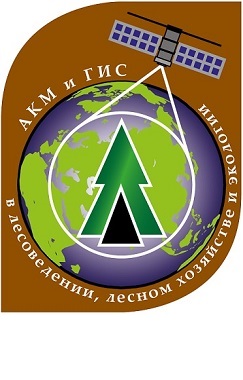Scientific basis for accounting and projection of carbon budget in the forests of Russia in the structure of international commitments for conservation of the atmosphere and climate
Head: Zamolodchikov Dmitrii
Date: 2016-2018 гг.
Abstract: The project aims to assess carbon budget of forests based on 4 spatial scales: 1) forest ecosystem; 2) spatial forest management unit; 3) forest within the Russian Federation constituent entity; and 4) Russian Federation forests as a whole. For each scale, different sets of methodological approaches and activity data will be applied, from most detailed for local to general for national levels. The hierarchy of research objects and approaches will allow for comparative analysis and verification of the results obtained, thus enabling for improvement of reliability of the entire methods, identifying key gaps in activity data and their sources and assessing the impact of generic methods on final results.At the first spatial scale of forest ecosystem, a combination of experimental measurement and calculation-analytical methods will be used. A system of continuous measurements of carbon fluxes from main forest ecosystem components – trees, forest soil and woody debris is planned to be established in southern taiga spruce forest of Valday highland (Novgorod region). This will allow for determination of cumulative carbon flux produced by forest ecosystem as a whole. Flux measurements from ecosystem components will be performed by open and closed chambers installed on plants, soil and wood residues. The integrated flux will be evaluated by the microdynamic pulsation (eddy covariance) method. Based on measurements, specific fluxes will be calculated for individual components of forest ecosystem, which will be compared with the value of integral carbon flux. A relationship will be established between carbon fluxes and climatic parameters. Main factors affecting the fluxes under climate change will be identified. The performance of planned research will require special equipment and materials. Their list will be provided in relevant section of the project application.At the second spatial scale, special emphasis will be paid to scaling, i.e. correct transition from local ecosystem data to spatially-dispersed estimations. Two types of topography bases will be used. First type will represent forest census data, and the remote sensing data will be the second. In both cases the work will aim at establishing procedures for the highest agreement between the experimentally defined values of carbon budget components, taxation data of forest sites (forest census data) and spectral characteristics of pixels (remote sensing data). In addition, this spatial level will be supplemented with superposition of ROBUL data, which operates with the data of State Forest Registry. Comparison of outcomes from three forest cover assessment options will allow to assess reliability of each option and to identify their enhancement possibilities.The forest carbon budget at the third (Novgorod region) and fourth (forests of the Russian Federation) spatial scales will be assessed with the use of ROBUL. The existing model version will be significantly modified owing to: a) detailed procedure for calculation of budget of soil organic matter carbon pool, b) addition of projection model block to enable the calculation of forest carbon balance following the disturbance and impact governing scenarios. Based on the example of Novgorod region, the potential consequences of ROBUL application for forest registry data will be assessed at different spatial scales (forest unit, and the constituent entity of the Russian Federation). The ways on how to address the problems identified will be proposed. The main emphasis on projections will be made at the national level (the calculations will be performed at the level of constituent entities of the Russian Federation). In particular, the baseline will be identified, the effects of implementation of state forestry programs on carbon balance of Russian forests will be analyzed, the capacity of various forest management activities will be assessed, the likely consequences of forestry practices intensity will be considered etc. In addition to scientific significance, the results obtained for this spatial scale will form the basis for development of position of the Russian Federation on the accounting of the forest sector in the new climate agreement.










